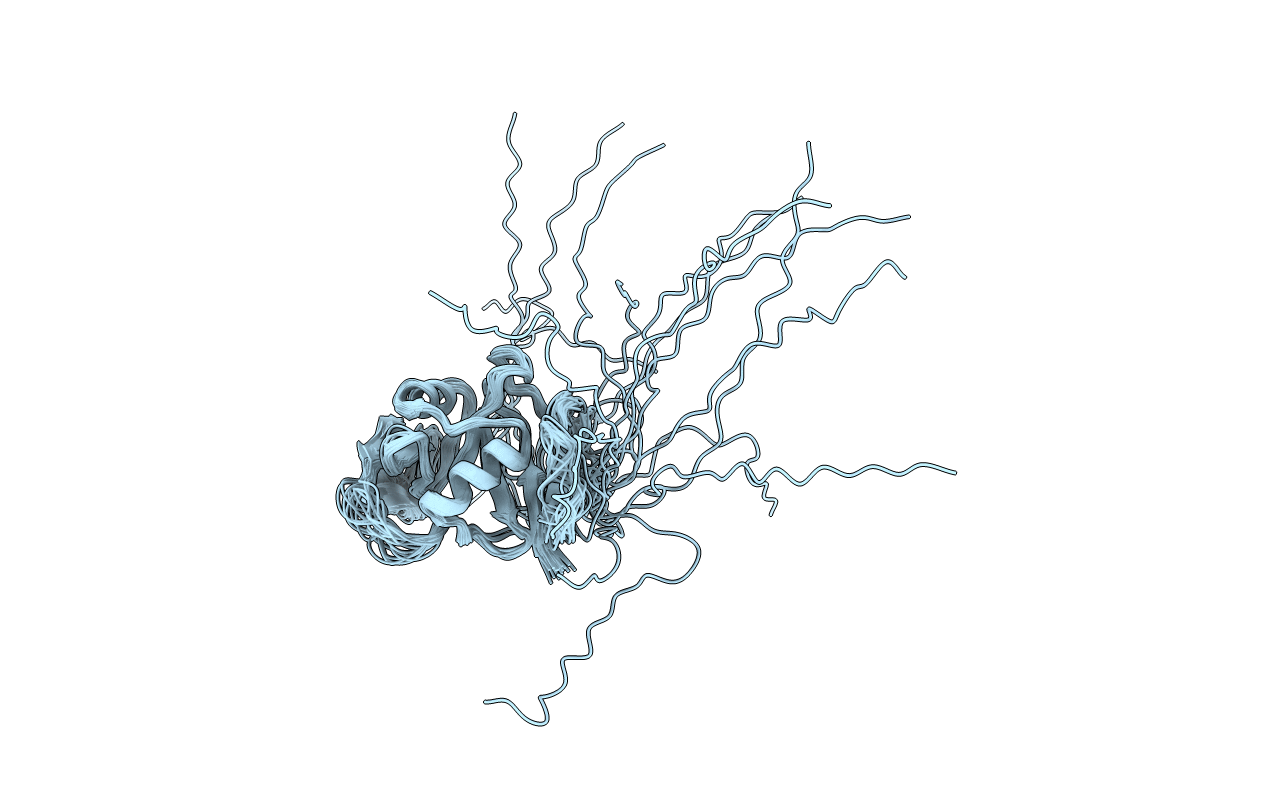
Deposition Date
2006-09-01
Release Date
2006-11-21
Last Version Date
2024-11-20
Entry Detail
PDB ID:
2I83
Keywords:
Title:
hyaluronan-binding domain of CD44 in its ligand-bound form
Biological Source:
Source Organism:
Homo sapiens (Taxon ID: 9606)
Host Organism:
Method Details:
Experimental Method:
Conformers Calculated:
200
Conformers Submitted:
20
Selection Criteria:
structures with the least restraint violations


